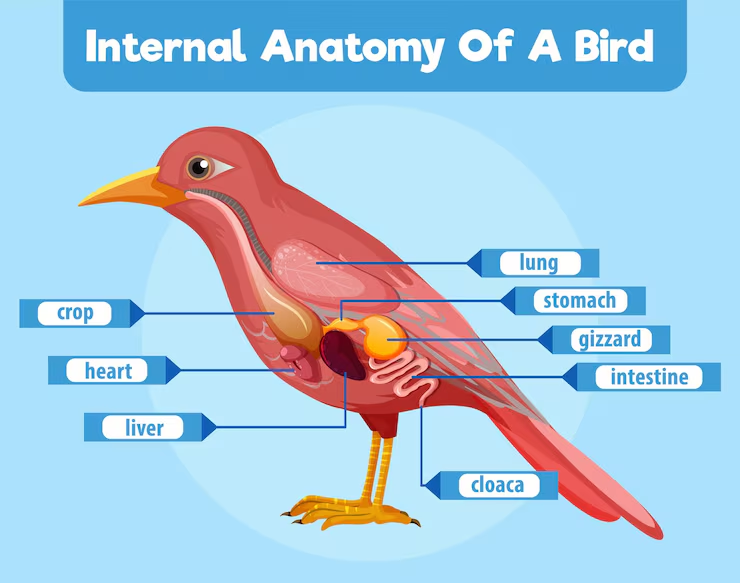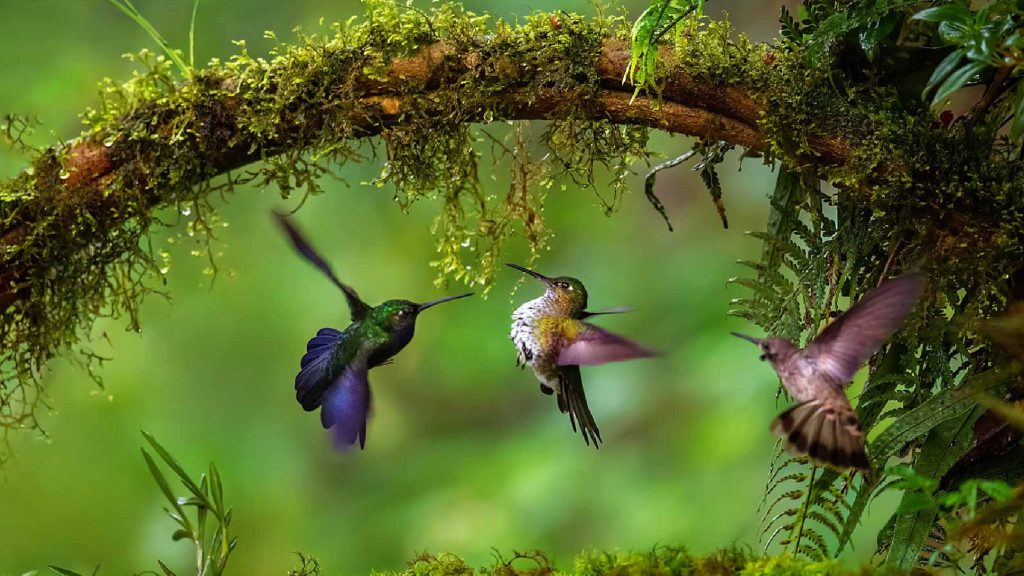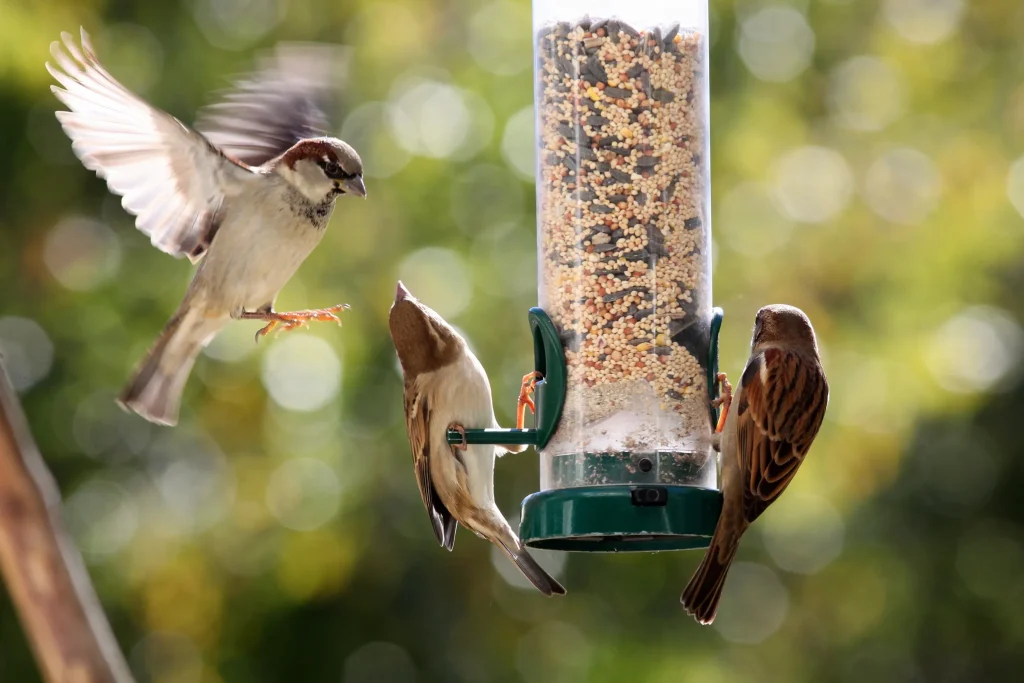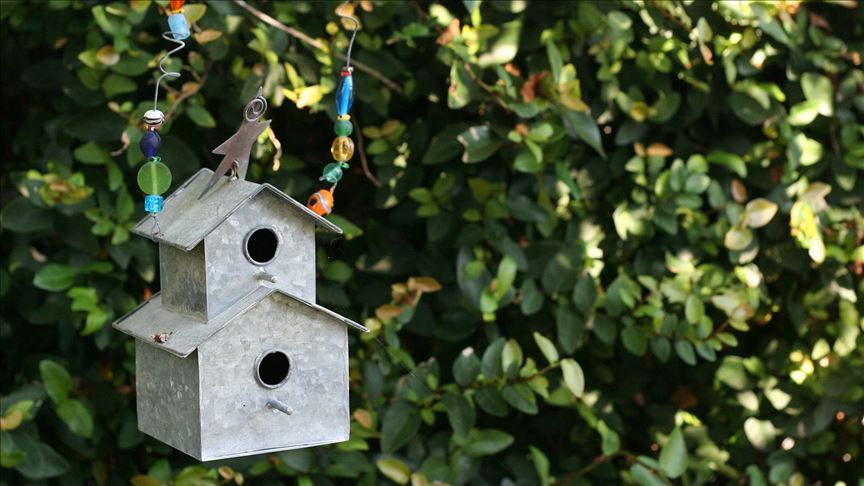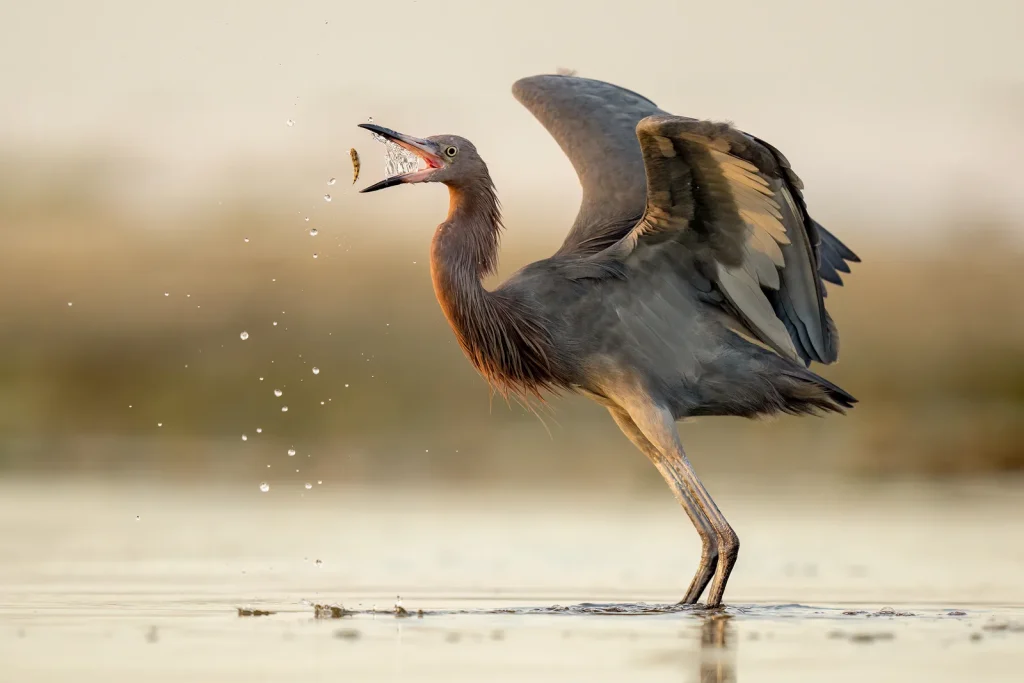Have you ever wondered what nature looks like from high above? A bird’s eye view photo of nature offers a fresh perspective that can surprise and inspire you.
Imagine seeing vast forests, winding rivers, and colorful landscapes all at once. This kind of photo doesn’t just capture beauty—it tells a story you might miss on the ground. Keep reading, and you’ll discover how these stunning images can change the way you see the world around you.

Credit: www.dreamstime.com
Capturing Aerial Shots
A bird’s eye view photo shows nature from high above. It gives a new look at trees, rivers, and fields. Aerial shots capture wide areas in one picture.
Taking good aerial photos needs planning and skill. You must think about your tools, the sharpness of the image, and the light at the time.
Choosing The Right Equipment
Good equipment helps you get clear and wide views. A drone with a good camera is the best choice. Make sure the camera has a high resolution and steady controls.
Use extra batteries to keep flying longer. A remote controller with a screen helps you see what the camera sees. Also, bring a memory card with enough space.
- High-resolution camera
- Stable drone with smooth controls
- Extra batteries
- Remote with live screen
- Large memory card
Techniques For Sharp Images
To get sharp photos, keep the drone steady. Avoid flying in strong winds. Use a fast shutter speed to stop motion blur.
Use manual focus if your camera allows it. Take several shots from the same spot to pick the best one. Check the images on your screen to see details.
- Fly in calm weather
- Use fast shutter speed
- Try manual focus
- Take multiple photos
- Review images during flight
Timing And Lighting Tips
Good light makes nature look bright and clear. Shoot early in the morning or late afternoon for soft light. Avoid midday sun because it creates hard shadows.
Check the weather forecast before flying. Clear skies give the best light. Overcast days can work but may make colors dull.
- Shoot during golden hours (morning or evening)
- Avoid harsh midday sunlight
- Choose clear or partly cloudy days
- Watch for shadows on the ground
- Adjust camera settings for light changes

Credit: www.shutterstock.com
Unique Nature Perspectives
Seeing nature from above shows new shapes and patterns. It helps us enjoy the earth in a fresh way.
Bird’s eye view photos capture the beauty of forests, rivers, and mountains. These views reveal nature’s hidden designs.
Forests From Above
From high above, forests look like a sea of green. The tree tops form a thick, textured carpet.
Bird’s eye photos show how trees grow in groups and lines. This view helps us see forest shapes and clearings.
Rivers And Lakes Patterns
Rivers and lakes look like natural art from the sky. They twist and turn, making unique shapes and colors.
Water patterns show how rivers flow and lakes form. These views reveal nature’s movement and calmness.
Mountain Landscapes
Mountains seen from above show sharp peaks and wide valleys. The shadows highlight the rough and smooth areas.
This view helps us understand mountain shapes and sizes. It also shows how snow and rocks cover the land.
Drones And Technology
Drones have changed how we take photos from above. They give us new views of nature.
Technology in drones keeps getting better. This helps photographers capture clear and unique shots.
Advancements In Drone Cameras
Drone cameras now have higher resolution and better zoom. They can shoot in different light conditions.
Many drones include image stabilization. This keeps photos sharp even when the drone moves.
- 4K and 8K video recording
- Wide-angle and zoom lenses
- Night vision and infrared cameras
- Automatic focus and tracking
Safety And Regulations
Flying drones needs care to avoid accidents. Users must follow safety rules to protect people and nature.
Many places have laws about where and how drones can fly. Pilots should check local regulations before flying.
- Keep drones away from airports and crowds
- Fly only during daylight hours
- Stay below maximum altitude limits
- Respect privacy of others
Creative Uses In Photography
Drones let photographers see nature from new angles. They can capture wide landscapes and small details.
Artists use drones to make videos and photos that show movement and patterns in nature.
- Tracking animals without disturbing them
- Mapping forests and rivers
- Creating time-lapse aerial videos
- Capturing seasonal changes in landscapes
Editing Aerial Photos
Aerial photos show nature from high above. They capture large areas with unique views.
Editing these photos helps improve their look. It makes colors pop and fixes any issues.
Enhancing Colors And Contrast
Colors in aerial photos can look dull. Adjusting color and contrast makes the image lively.
Increase saturation to make greens and blues stand out. Boost contrast to add depth.
- Raise saturation carefully to avoid fake colors
- Adjust brightness to keep details visible
- Use contrast to highlight shadows and lights
Correcting Distortions
Aerial photos often have distortions from the camera lens. Straight lines may look curved.
Use correction tools to fix these issues. This helps the photo look natural and clear.
- Fix lens barrel or pincushion distortion
- Adjust perspective to straighten buildings and roads
- Crop edges to remove warped areas
Creating Panoramas
Sometimes one aerial photo does not cover the whole scene. Combining photos creates a panorama.
Use stitching software to join images. This makes a wide, continuous view of nature.
- Overlap photos for smooth joining
- Match colors and lighting between images
- Crop final image to remove uneven edges
Inspiring Aerial Photographers
A bird’s eye view photo shows nature from above. It gives a new way to see trees, rivers, and mountains.
Aerial photographers use drones or planes to take these shots. Their photos inspire others to explore nature creatively.
Famous Nature Photographers
Some photographers are well known for their aerial nature photos. They capture the beauty of Earth from high above.
Names like Yann Arthus-Bertrand and Edward Burtynsky stand out. They show us new ways to enjoy landscapes.
- Yann Arthus-Bertrand focuses on large-scale nature scenes.
- Edward Burtynsky captures industrial and natural contrasts.
- Camille Seaman photographs icebergs and storms from above.
Iconic Bird’s Eye View Shots
Some aerial photos become famous for their strong impact. They show patterns and colors not seen from the ground.
These photos reveal nature’s design and beauty. They often inspire artists and photographers worldwide.
- Desert sand dunes with sharp shadows
- Winding rivers cutting through forests
- Mountain ranges with snow-capped peaks
- Farmland in geometric shapes and colors
Tips From The Experts
Aerial photography needs planning and skill. Experts share simple tips to help beginners shoot better photos.
Knowing light, weather, and camera settings improves photo quality. Experts also suggest practicing to gain confidence.
- Shoot during golden hours for soft light
- Use a drone with a good camera
- Check weather for clear skies and calm wind
- Plan shots to capture patterns and shapes
- Keep the horizon straight for balance
- Practice flying your drone safely and smoothly

Credit: www.shutterstock.com
Frequently Asked Questions
What Is A Bird’s Eye View Photo Of Nature?
A bird’s eye view photo captures nature from directly above. It shows landscapes, forests, rivers, or fields in unique detail. This perspective reveals patterns and shapes not visible from the ground. It is often taken by drones or aircraft for stunning, wide-ranging images.
How Do Drones Capture Bird’s Eye View Nature Photos?
Drones use high-resolution cameras mounted on them to take aerial photos. They fly over natural areas, capturing wide, detailed shots from above. This method is safe, efficient, and provides fresh perspectives of landscapes. Drones help photographers reach places difficult to access on foot.
Why Are Bird’s Eye View Photos Important For Nature?
Bird’s eye view photos help in environmental monitoring and conservation. They reveal patterns in vegetation, water bodies, and animal habitats. These images assist scientists in tracking changes over time. They also inspire appreciation for nature’s beauty and complexity from a new angle.
Can Anyone Take Bird’s Eye View Photos Of Nature?
Yes, anyone with access to a drone or aerial equipment can capture these photos. Basic photography skills help improve image quality. However, knowing local regulations about drone use is important for safety and legality. Practice and patience are key to getting great shots.
Conclusion
Capturing nature from above offers a fresh perspective. Stunning landscapes unfold in new ways. The beauty of forests, rivers, and mountains amazes us. Birds provide this unique view effortlessly. Their flight reveals hidden patterns and colors. Aerial photos inspire appreciation for nature’s wonder.
They remind us of the planet’s vastness. We gain a deeper connection to the world. This perspective encourages us to preserve these landscapes. It highlights the importance of protecting our environment. A bird’s eye view transforms how we see nature.
It enriches our understanding and respect. Through these photos, nature’s beauty truly shines.

